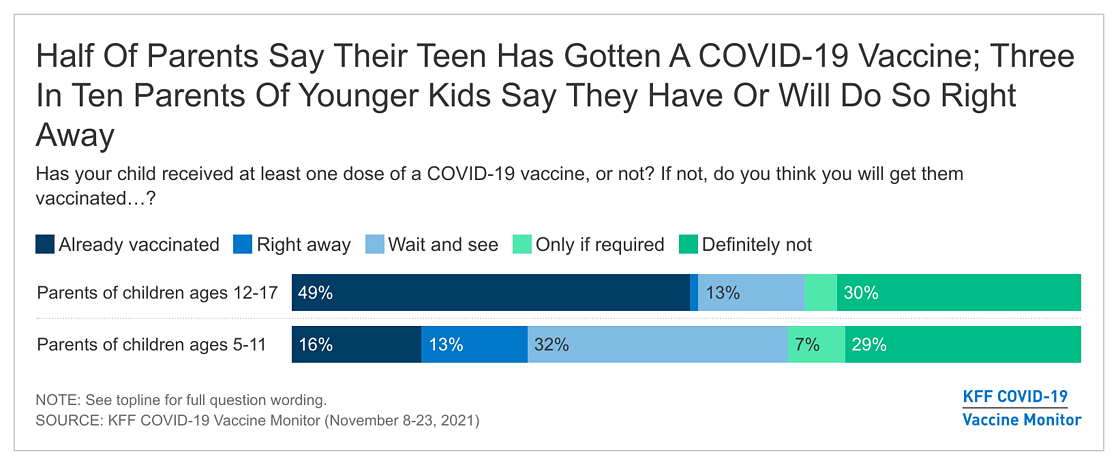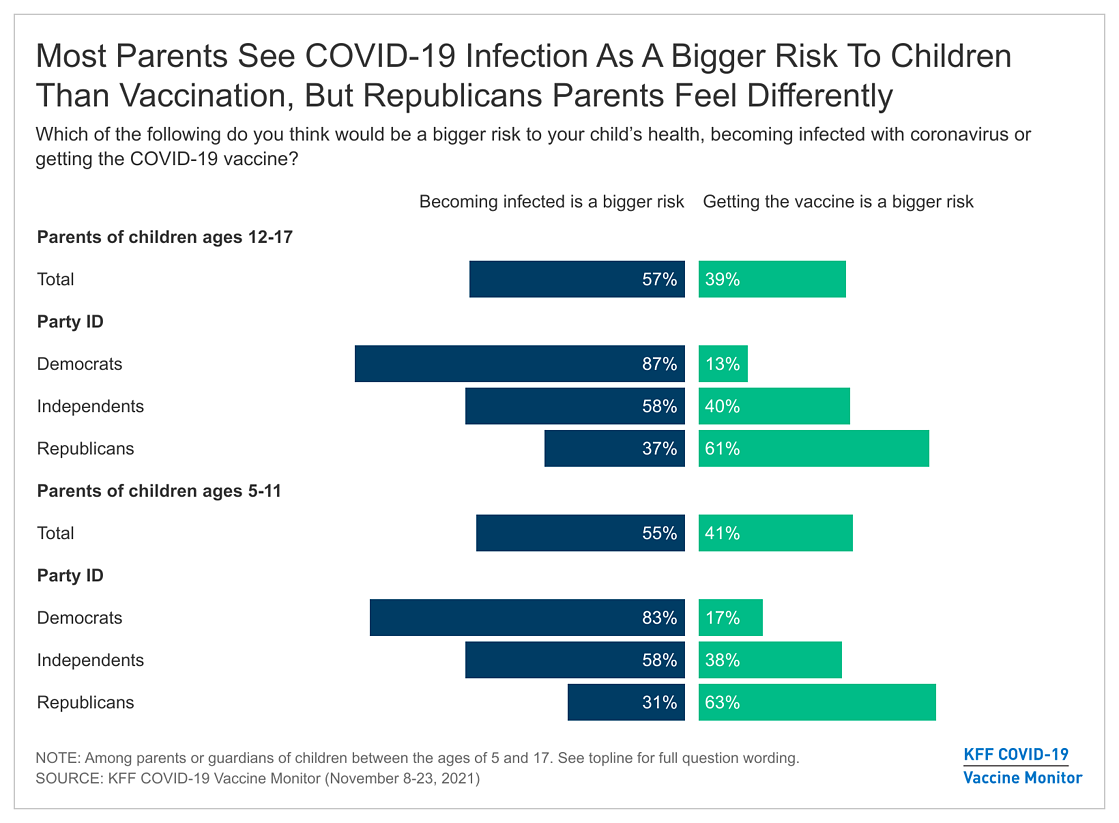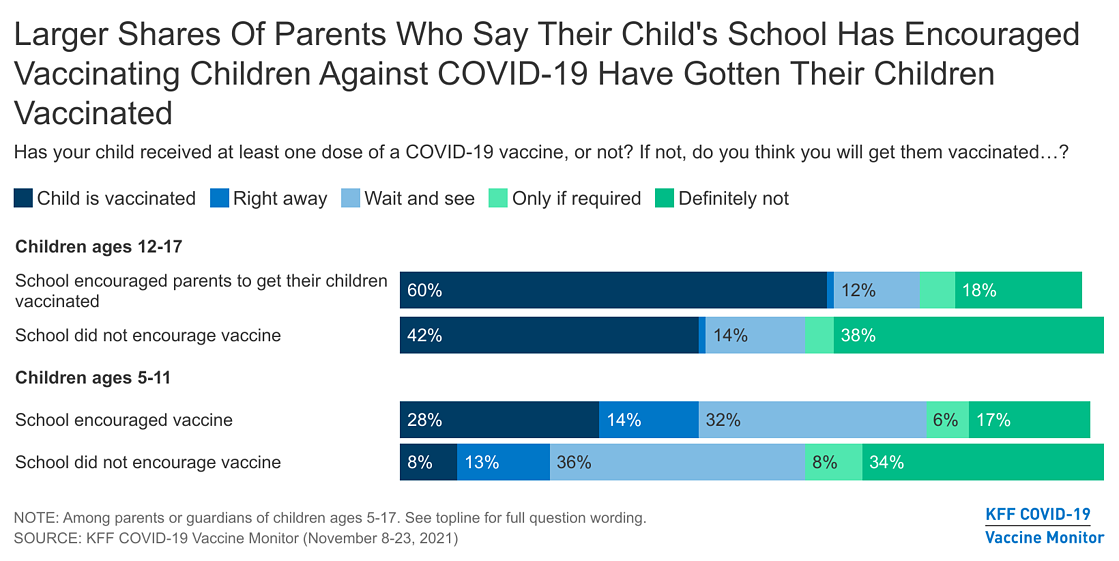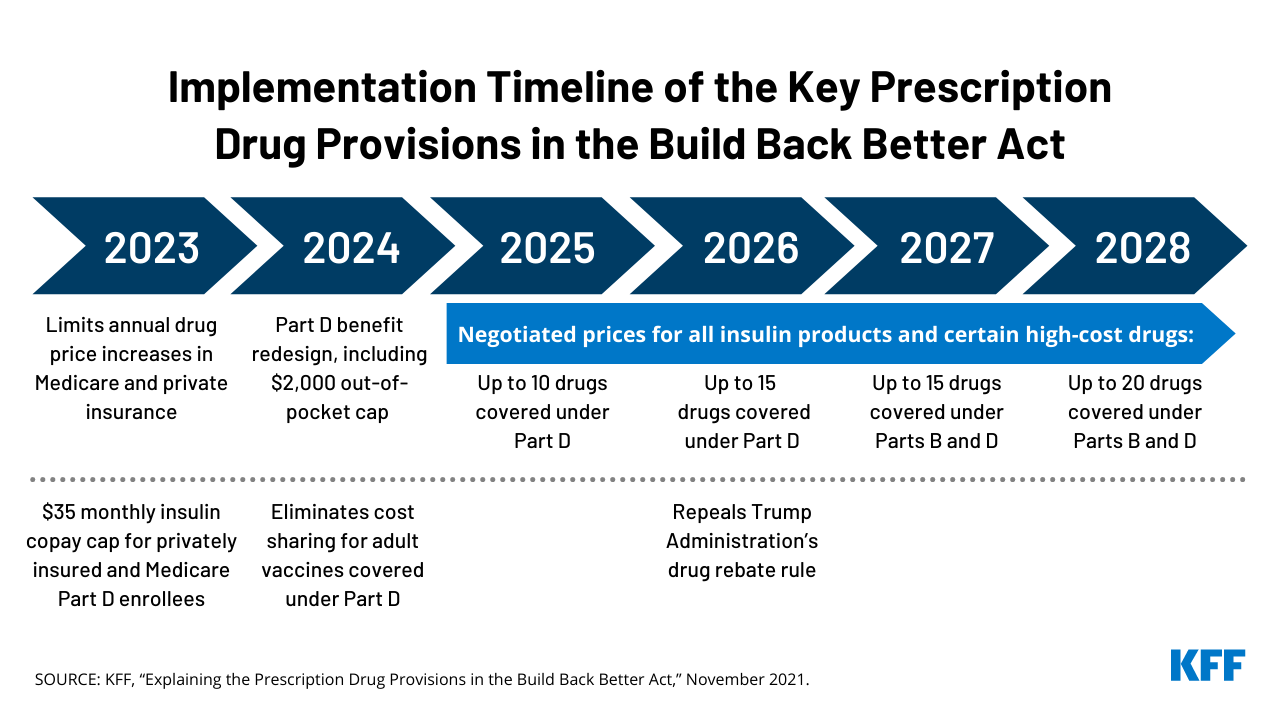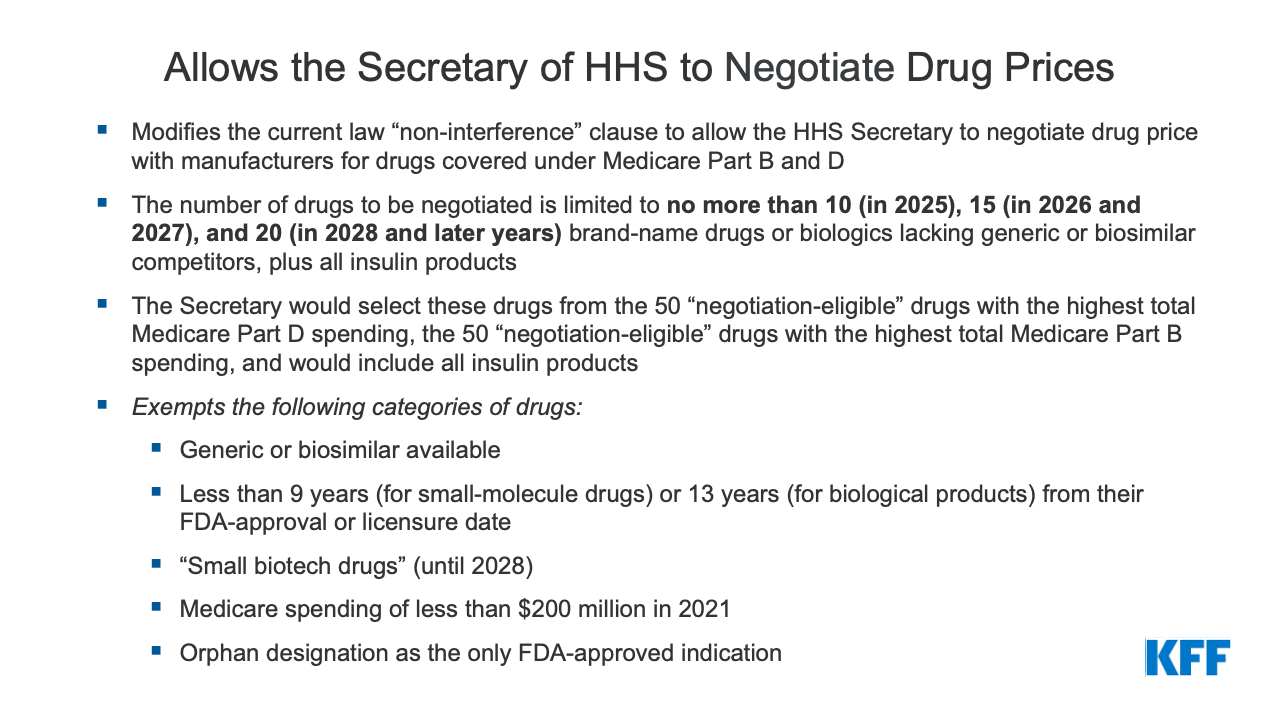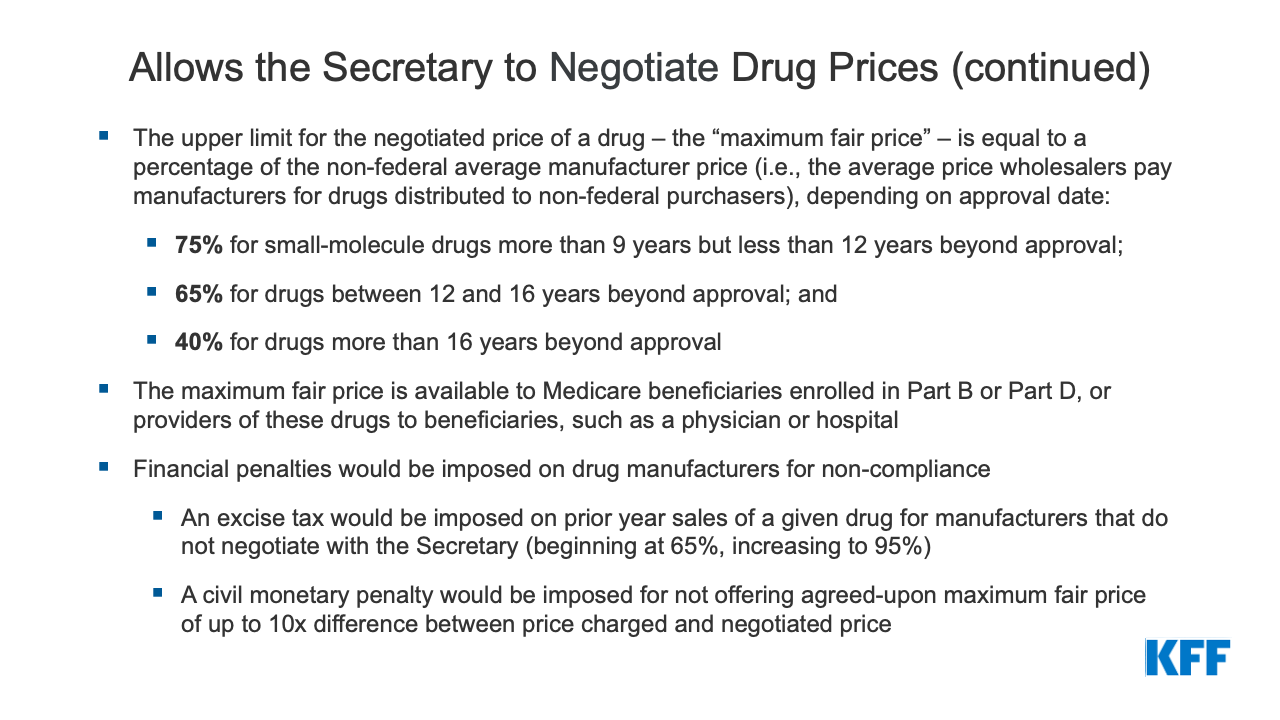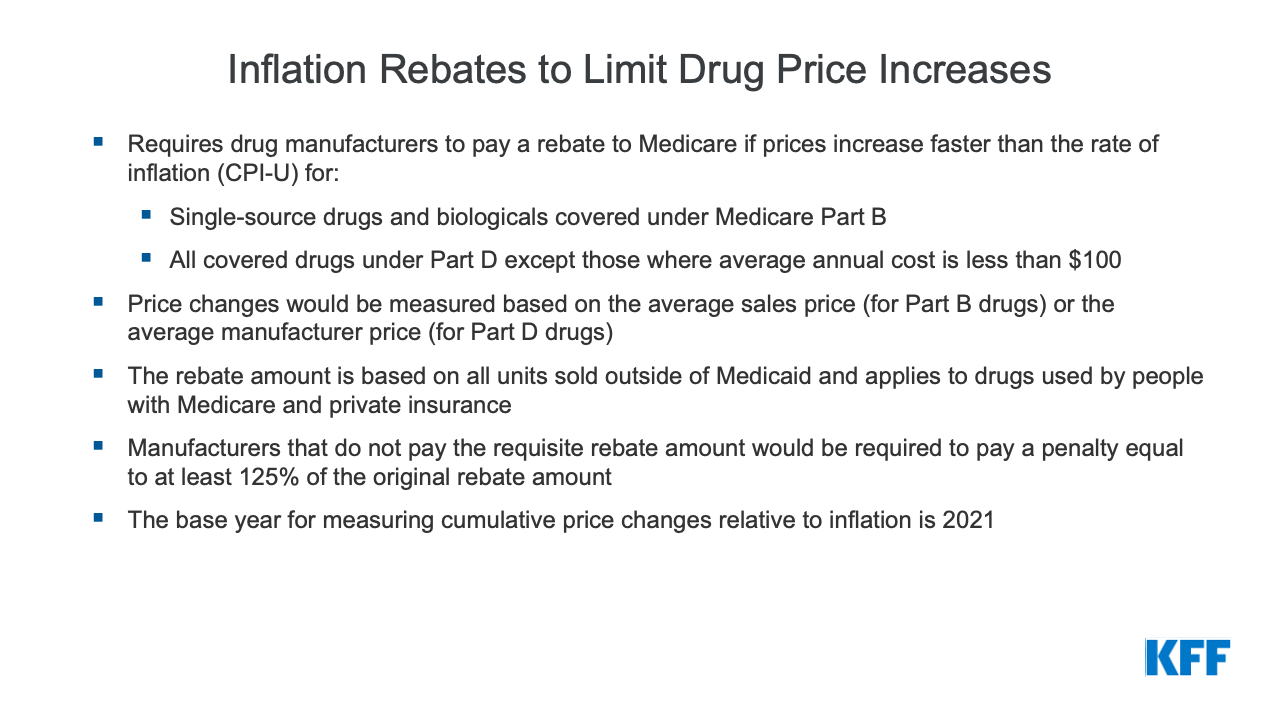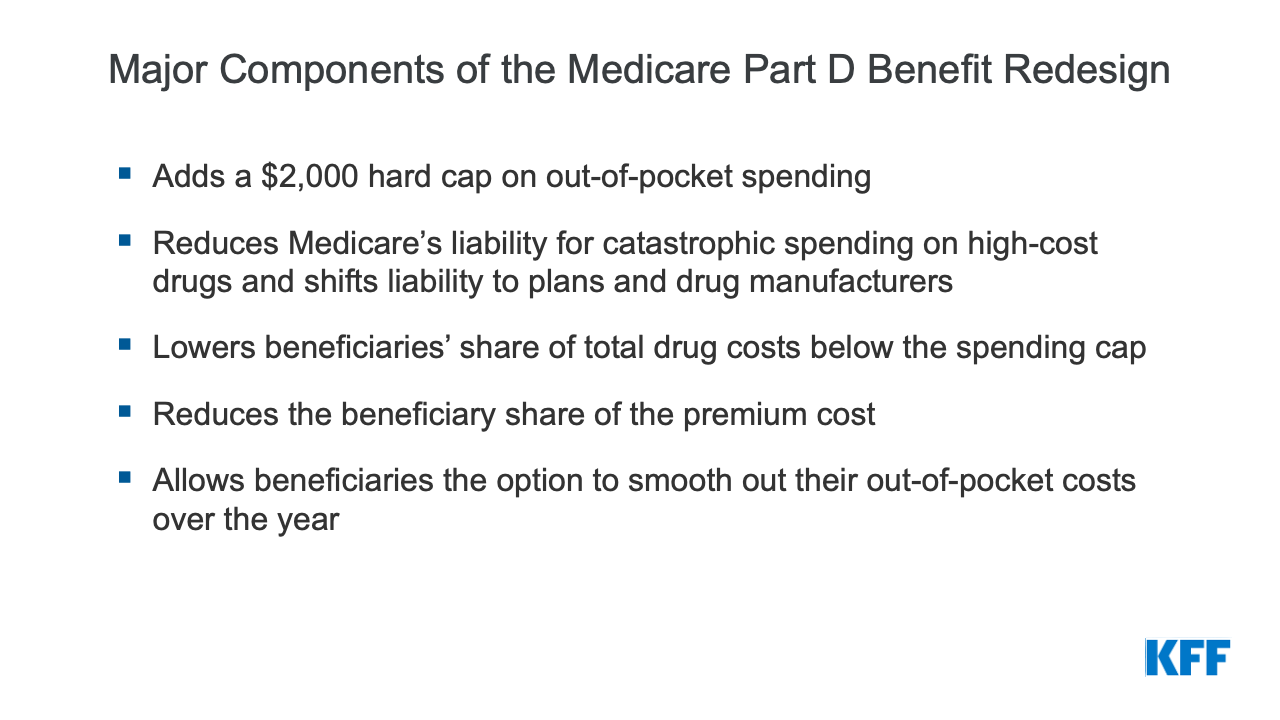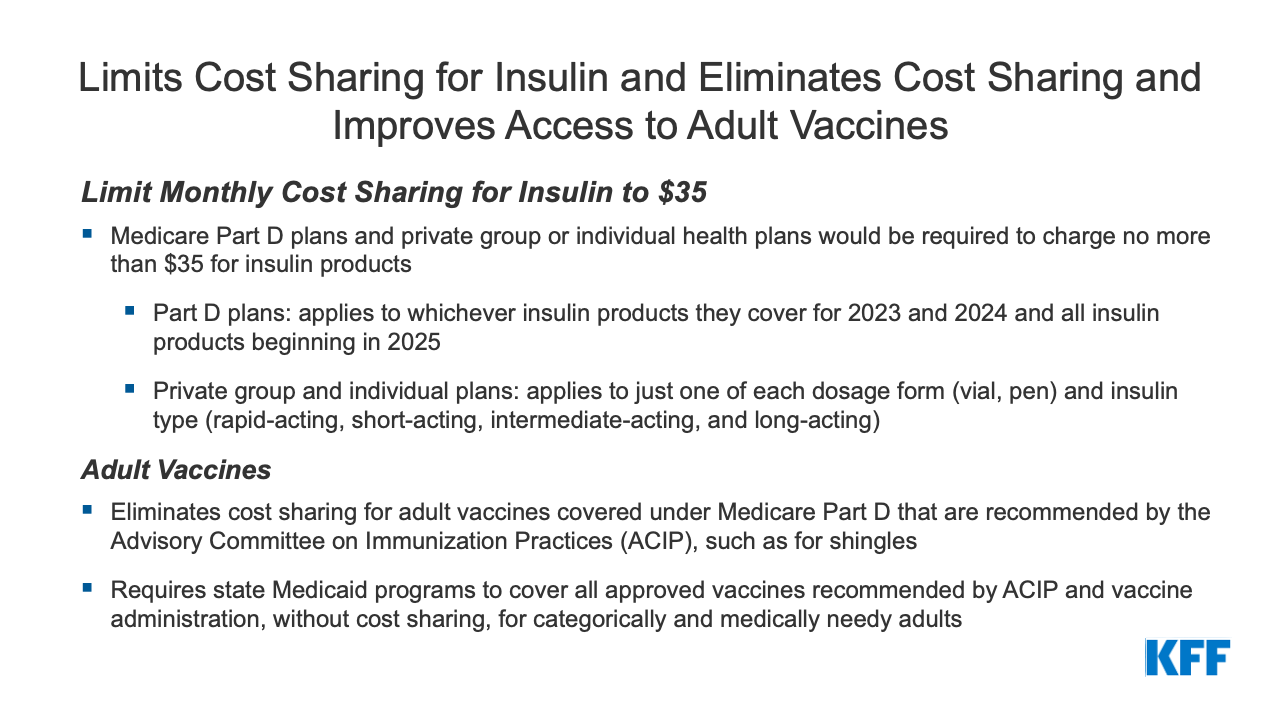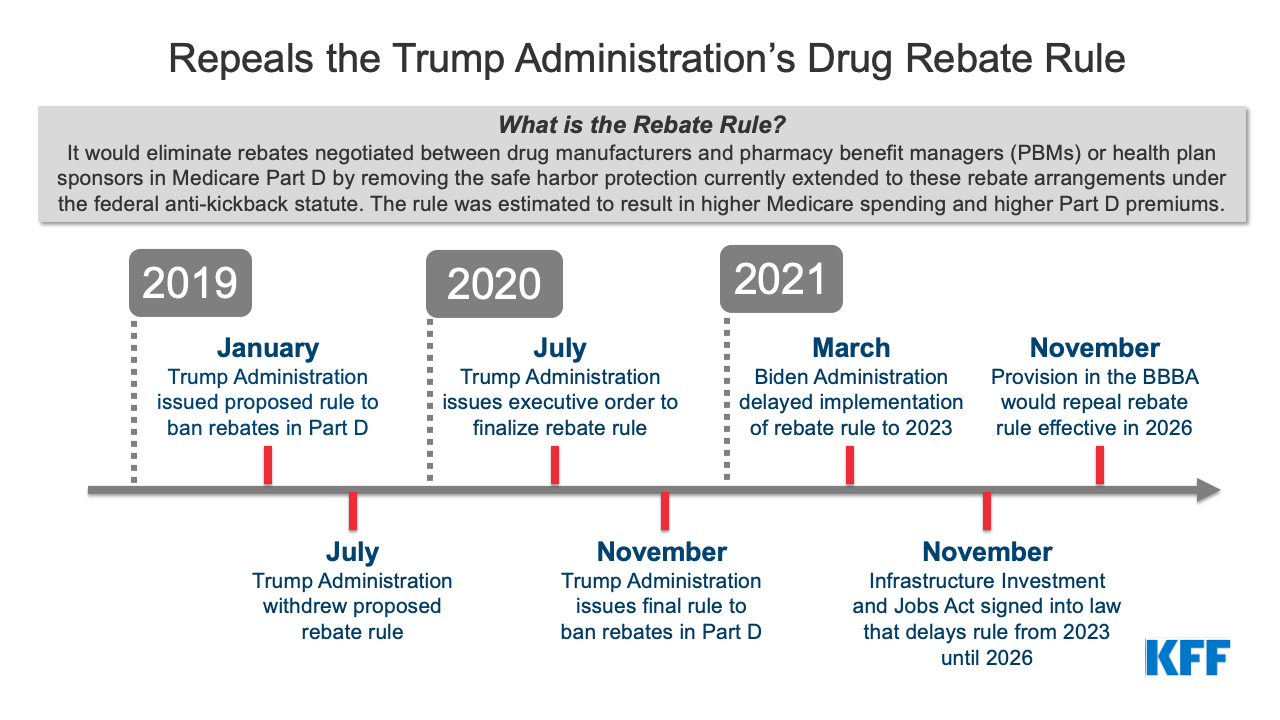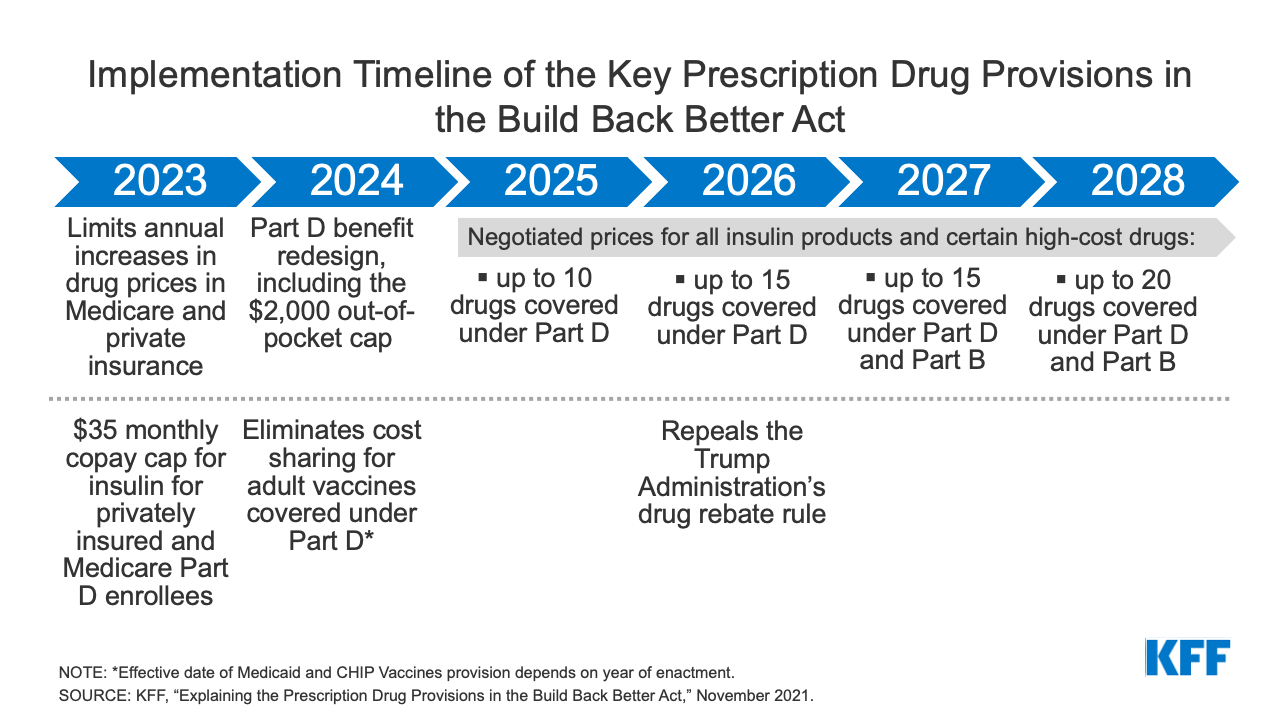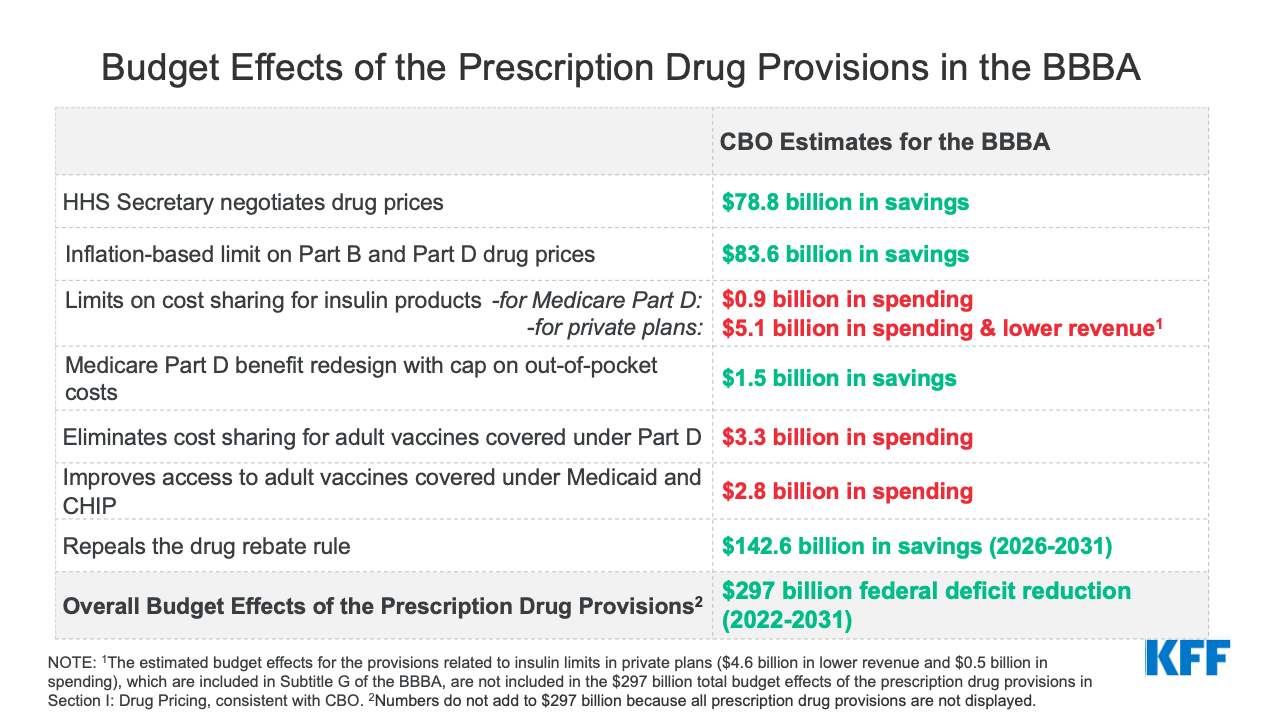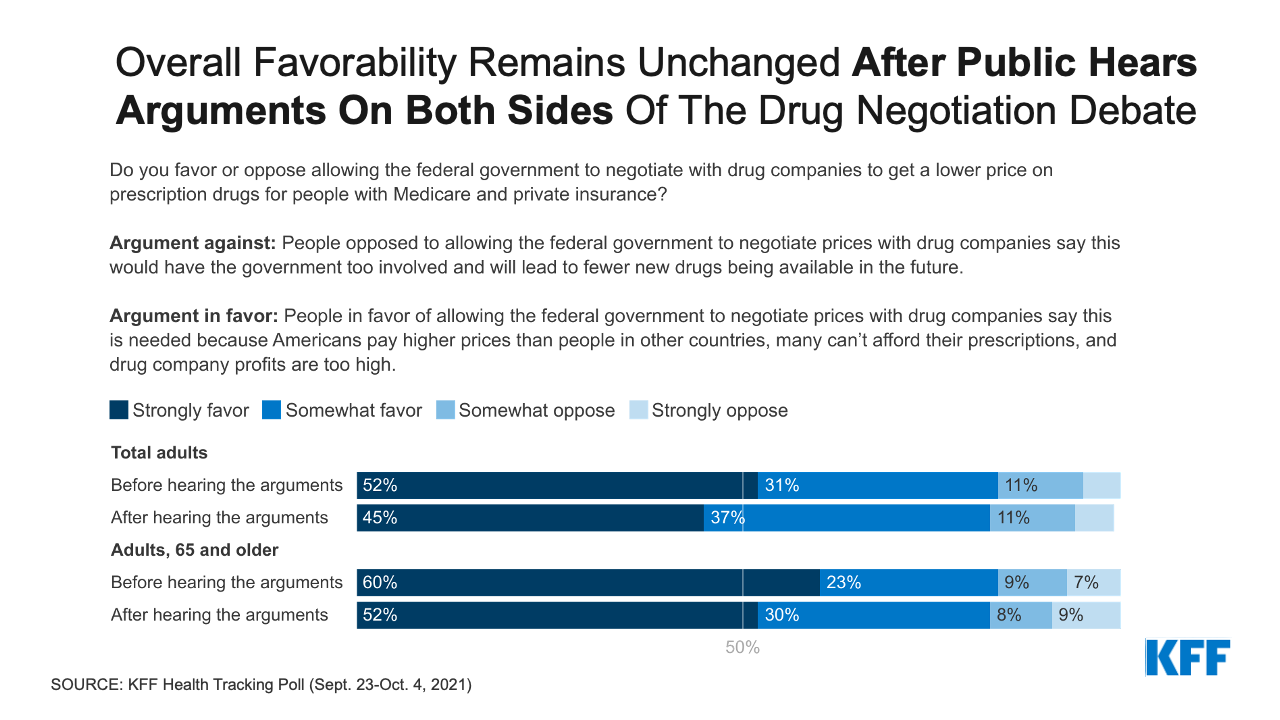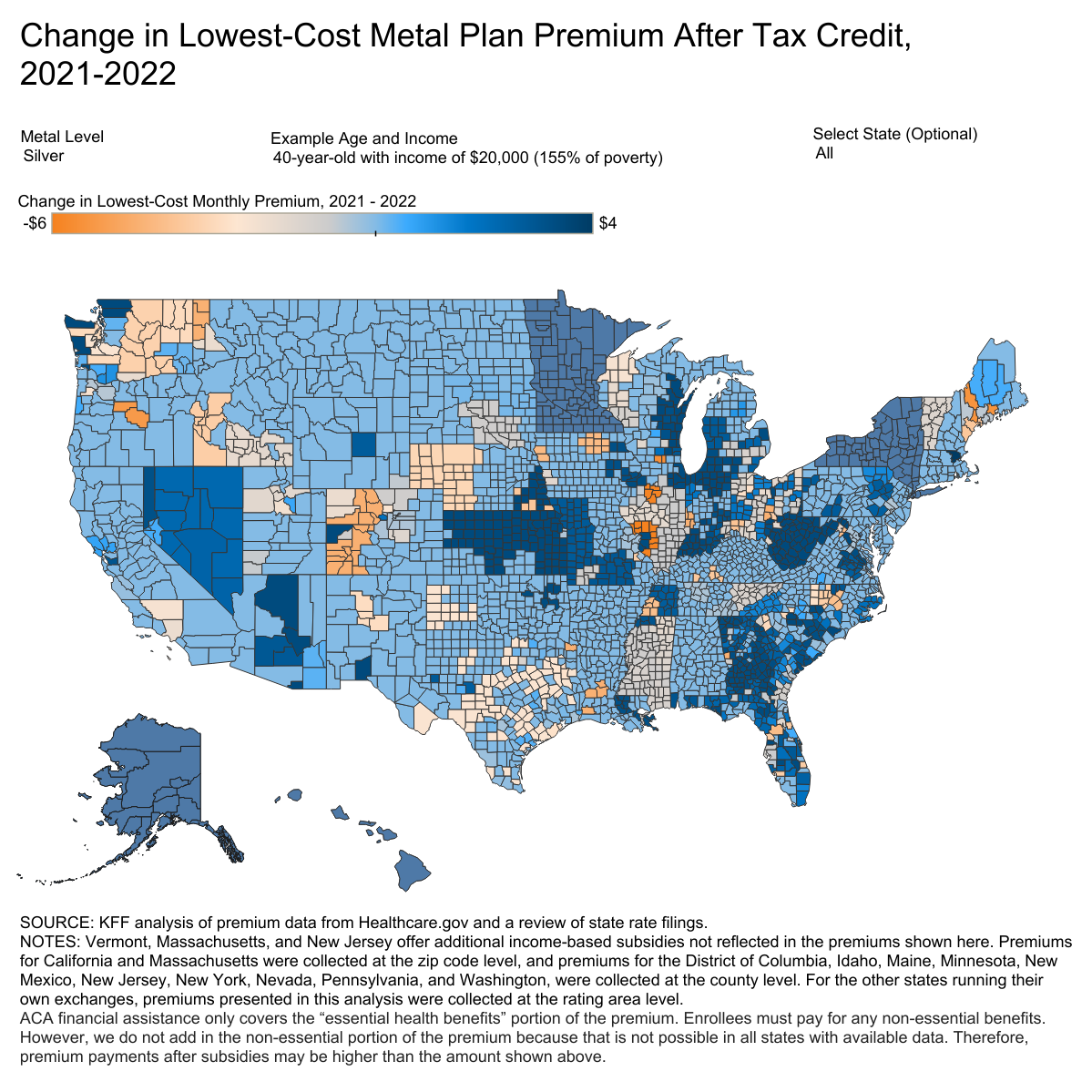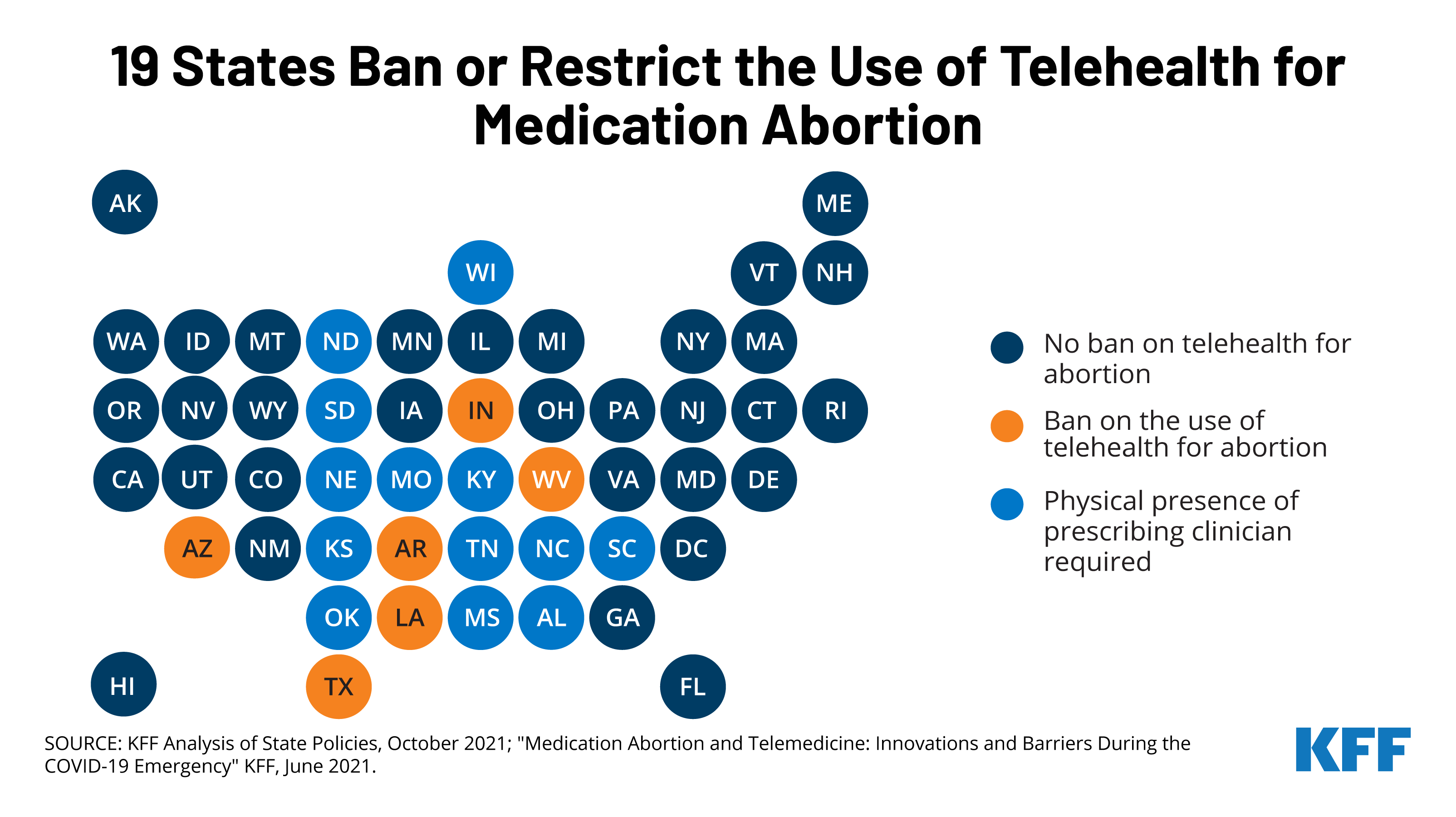Key Findings
- After an initial wave of eager parents got their teens vaccinated for COVID-19 in the spring and summer, vaccine uptake among 12-17 year-olds appears to have slowed, with about half of parents saying their teen has gotten at least one dose as of November (before news of the omicron variant), essentially unchanged over the past two months. Enthusiasm is somewhat lower among parents of children ages 5-11 who became eligible for vaccination more recently, with 16% saying their younger child has gotten at least one vaccine dose and another 13% saying they plan to get them vaccinated “right away.” Three in ten parents of both teens and younger children say they will “definitely not” get their child vaccinated for COVID-19. The latest KFF COVID-19 Vaccine Monitor survey of parents was conducted prior to the emergence of the omicron COVID-19 variant, and we will continue to track parents’ attitudes and intentions as more information emerges on the potential impact of this new variant on children.
- Safety and potential side effects continue to be prominent concerns when it comes to parents’ views of COVID-19 vaccines for kids. While about six in ten parents (63%) say they are confident that the COVID-19 vaccines are safe for adults, fewer say they are confident the vaccines are safe for children between the ages of 12 and 17 (52%) and for children ages 5 to 11 (43%). Most parents say getting infected with COVID-19 would be a bigger risk to their child’s health than getting vaccinated. However, majorities of unvaccinated parents and Republican parents believe the vaccine poses a greater risk than the virus itself, even though scientific bodies have concluded the opposite is the case.
- Access barriers are also a concern for some parents when it comes to getting their children vaccinated. Hispanic parents, Black parents, and those with lower incomes are more likely than other parents to say they are concerned they might have to miss work to get their child vaccinated, that they won’t have a trusted place to go, or that they’ll have difficulty traveling to a vaccination location.
- Pediatricians remain parents’ most trusted source of information on the COVID-19 vaccine for children, including across partisans and across race and ethnicity. Still, fewer than half of parents of children ages 5 to 17 have talked with their child’s pediatrician or health care provider about the vaccine. Notably, not all pediatricians are recommending that parents get their children vaccinated for COVID-19; among the 40% of parents who spoke with their child’s health care provider, one-third (16% total parents of teens) say the provider did not recommend the COVID-19 vaccine for their teen and four in ten (15% of total parents of 5-11 year-olds) say the doctor did not recommend it for their child ages 5-11.
- About half of parents of school-age children say their child’s school provided information about how to get their child vaccinated for COVID-19, and more than four in ten say their child’s school encouraged parents to get their children vaccinated. Parents who say their school has encouraged them to get their children vaccinated are more likely to say their child has indeed gotten vaccinated. In fact, parents of 5-11 year-olds whose school encouraged vaccination are four times as likely as those whose school did not encourage vaccination to say their younger child has already gotten the COVID-19 vaccine (28% vs. 7%). While previous KFF Vaccine Monitor reports have shown that a majority of the public supports COVID-19 vaccination requirements for K-12 school teachers, parents oppose schools requiring COVID-19 vaccines for eligible students by a 2-to-1 margin.
- Parents and families have been particularly hard-hit by the COVID-19 pandemic with nearly three in four of parents (73%) saying the pandemic has had a negative impact on their children’s education, almost six in ten (58%) saying it has negatively impacted their own mental health, and half reporting a negative impact on their ability to pay for basic necessities (50%). The share reporting a negative financial impact is substantially higher among lower-income parents compared to those with higher incomes and among Black and Hispanic parents compared to White parents. In addition, mothers are more likely than fathers to say the pandemic has taken a toll on their financial situation as well as their mental and physical health.
Trends In Vaccine Uptake Among Children
Vaccine uptake among teenagers appears to have stalled over the past two months, with about half (49%) of parents of children ages 12 to 17 saying their teen has gotten vaccinated for COVID-19 and just 1% say they plan to do so “right away,” shares that have held relatively steady since September. About one in eight parents (13%) say they want to wait and see how the vaccine is working for other children before getting their teen vaccinated. Notably, three in ten parents say they will definitely not get their 12-17 year-old vaccinated for COVID-19, while a further 4% say they will only get their teen vaccinated if they are required to do so for school. While the latest KFF COVID-19 Vaccine Monitor indicates a slowing down of vaccine uptake among teens, the survey was conducted prior to the emergence of the omicron COVID-19 variant and as more information emerges on the potential impact of this new variant on children, parents’ attitudes towards vaccinating their teenagers and younger children for COVID-19 may change.

With the Pfizer COVID-19 vaccine recently authorized for children between the ages 5 and 11, 16% of parents with children in this age group say their child has gotten vaccinated, and an additional 13% say they plan to get them vaccinated “right away.” Notably, about a third of parents of children ages 5 to 11 say they want to wait and see how the vaccine is working for others before getting their younger child vaccinated. About three in ten parents say they will definitely not get their younger child vaccinated, and a further 7% say they will only do so if their school requires it.

Unsurprisingly, most unvaccinated parents say they will “definitely not” get their 12-17 year-old or their 5-11 year-old vaccinated for COVID-19. Among vaccinated parents, three in four say their 12-17 year-old has already gotten at least one dose of the vaccine. However, when it comes to children ages 5 to 11, vaccinated parents express less enthusiasm, with fewer than half (46%) saying they have already gotten their younger child vaccinated or will do so right away and 39% saying they will wait and see before getting their younger child vaccinated.

As with vaccination attitudes among adults, parents’ intentions for vaccinating their children diverge largely along partisan lines. Among parents of 12-17 year-olds, eight in ten Democrats say their teenager has already gotten at least one dose of the COVID-19 vaccine, compared to about half of independents and just a quarter of Republicans. Indeed, half of Republican parents say they will “definitely not” get their 12-17 year-old vaccinated.
A similar pattern is seen among parents of younger children, with about half of Democrats saying their 5-11 year-old is already vaccinated or will be right away, compared to three in ten independents and about one in ten Republicans. Again, about half of Republican parents say they will “definitely not” vaccinate their younger child. Notably, however, at least three in ten parents of children ages 5-11 across partisan groups say they want to “wait and see” how the vaccine works for other children before getting their child vaccinated.

While early vaccine uptake among adults indicated that people of color were less likely to be vaccinated than White adults, the same pattern does not appear to be emerging among children. In fact, among parents of 12-17 year-olds, Hispanic parents (62%) are somewhat more likely to say their teen is vaccinated compared to either Black parents (48%) or White parents (42%). White parents are substantially more likely than either Black or Hispanic parents to say their teen will “definitely not” get vaccinated.
Among parents of younger children, there are no significant differences by race or ethnicity in parents’ intentions to vaccinate their 5-11 year-old.
Parents’ Concerns And Worries About The COVID-19 Vaccine For Children
Parents who have not yet vaccinated their children offer many different reasons why they are not eager to get their child vaccinated. Chief among them is a sense that there is not enough information about the vaccine for children or that more research needs to be done. Many parents also cite concerns about side effects or say they don’t believe the vaccine is necessary for children. For parents of unvaccinated teens, about one in ten cite their child not wanting the vaccine (11%) and their own lack of trust in the vaccine (10%) as the main reason why their teen has not gotten vaccinated for COVID-19.
Parents’ desire for more information and their concerns about the safety and potential side effects of the vaccine are evident when they explain in their own words the main reason why their child has not yet gotten vaccinated. Even among vaccinated parents, these concerns are keeping some of them from getting their child vaccinated right away.
Among vaccinated parents of children ages 5 to 11 who want to wait and see before vaccinating their children: What is the main reason you do not plan to get your 5–11 year-old child the vaccine right away?
“I am nervous because they’re boys and I thought I heard there was an adverse side effect for males,” 38-year-old White mother, Iowa
“I’d rather get it from his pediatrician than from a drive through and pediatrician offices are back logged right now for appointments,” 30-year-old White mother, Texas
“Just the unknown. He's young. Just kind of reading what I can. He's so young. the risk of him getting really sick with vaccine is a hard choice to make,” 36-year-old White mother, Florida
“I feel that children in this age bracket already have had enough vaccinations that I don't know how this new one will respond to her body. All these chemicals are foreign. She has not been sick in the past 2 years. He allergies even cleared up from not being around to many people. Her health is the best ever and I don't want to taint her system if I don't have too,” 44-year-old Black mother, New York
“No one call tell me side effects in the future because there is no long term historical data,” 41-year-old Hispanic mother, New Jersey
“When I took the vaccine, they were sure it will work but then they came up with a booster shot. I don't think they have all the facts and ingredients to make a vaccine that actually works long term. Plus, I think the vaccine was made too quick.” 23-year-old Black mother, Illinois
“I don’t want them to be test subjects to the new stuff. I want to make sure its ok before I let anything endanger my children,” 26-year-old Hispanic mother, New York
While about six in ten parents (63%) say they are “very confident” or “somewhat confident” that the COVID-19 vaccines are safe for adults, they are less likely to express confidence in its safety for children. About half of parents (52%) say they are confident the vaccines are safe for children between the ages of 12 and 17 while about four in ten say they are confident in its safety for children ages 5 to 11 (43%). This lower level of confidence in the vaccine’s safety for children, and especially for younger children, may help explain the more cautious approach parents appear to be taking when deciding on whether to vaccinate their children.

Despite the CDC stating that serious side effects such as myocarditis or severe allergic reactions from the COVID-19 vaccine among children are rare, parents who have not yet gotten their child vaccinated remain concerned about the potential for side effects. Among parents of unvaccinated 12-17 year-olds, about two-thirds (65%) say they are worried their child would experience serious side effects if they got the COVID-19 vaccine. Similarly, about seven in ten parents of unvaccinated 5-11 year-olds say they are worried their younger child would experience serious side effects if they got vaccinated. Notably, even among parents who are themselves vaccinated but have yet to get their child the COVID-19 vaccine, majorities say they are worried their child would experience a serious side effect.

Majorities of parents say they do not have enough information about the safety, effectiveness, or side effects of the COVID-19 vaccines in children. The lack of information may be further contributing to parents’ hesitation towards getting their children vaccinated as groups of parents who are less likely to say they have a vaccinated child - younger parents, those without college degrees, Republicans, and unvaccinated parents - are also among the most likely to say they don’t have enough information.

Among parents of both teens and younger children who are eligible to be vaccinated, a majority say that becoming infected with coronavirus would be a bigger risk to their child’s health (57% among parents of 12-17 year-olds and 55% among parents of 5-11 year-olds), while about four in ten say getting the vaccine is a bigger risk to their child’s health (39% and 41%, respectively). While clear majorities of Black and Hispanic parents see getting infected as bigger risk to their child’s health (particularly among parents of teens), White parents are more split, with nearly half (45%) saying getting the vaccine is a bigger risk for children in both age groups. Not surprisingly, these attitudes also diverge by partisanship and vaccination status, with large majorities of Democrats and vaccinated parents saying getting the virus would be a bigger risk to their child’s health and most Republicans and unvaccinated parents seeing vaccination as the bigger risk.

Access Barriers To Vaccinating Children
While concerns and worries about the safety and potential side effects of the vaccines in children are prominent among parents, barriers to accessing the vaccine are also an issue for some parents. Among parents of unvaccinated children between the ages of 5 and 17, about three in ten (31%) are concerned about having to take time off work to get their child vaccinated, about one in five (22%) are concerned about not having a trusted place to go, and one in six (17%) are concerned about difficulty traveling to a site to get their child vaccinated. Black and Hispanic parents are more likely than White parents to say they are worried about each of these barriers to access. Similarly, parents with lower household incomes are more likely than those with higher incomes to express these concerns.

As previous KFF research has shown, pediatricians remain the most trusted source of information on the COVID-19 vaccine for parents. About three in four parents (77%) say they trust their child’s pediatrician or health care provider to provide reliable information about the vaccines for children. Across partisans and across race and ethnicity pediatricians are the most trusted source of vaccine information for parents. About six in ten parents say they trust their local public health department (60%) and the CDC (57%) to provide reliable information about the COVID-19 vaccines for children, though there are large partisan differences with Republicans less likely than Democrats to trust either of these as sources of information. Parents’ trust in the CDC for information regarding vaccines for children has decreased since July when two-thirds (66%) said they had at least a fair amount of trust in the CDC to provide reliable information.

Reaching unvaccinated parents with information about the COVID-19 vaccine for children is likely to be a challenge as they are less likely than their vaccinated counterparts to trust each of the sources of vaccine information tested. Only pediatricians are trusted by a majority of unvaccinated parents to provide reliable information about the COVID-19 vaccine for children, while fewer than half of unvaccinated parents trust the CDC, their local public health department, their child’s school or daycare, or other parents they know for such information.
Parents’ Conversations With Health Care Providers
Despite high levels of trust in pediatricians for vaccine information, fewer than half of parents of children ages 5 to 17 say they have talked with their child’s pediatrician or health care provider about the COVID-19 vaccine. Four in ten parents of children ages 5 to 17 have talked with their child’s pediatrician about the COVID-19 vaccine—up from 30% in July—including 45% of parents of teens and 37% of parents of children ages 5 to 11. While most parents who spoke with their child’s health care provider say the provider recommended their child get vaccinated, 34% of parents of teens who spoke to their doctor (16% of total parents of teens) and 40% of parents of children ages 5 to 11 who spoke to their doctor (15% of total parents of kids in this age group) say their pediatrician did not recommend their child get vaccinated for COVID-19.

On balance, conversations parents have had with health care providers seem to have tipped the scales toward a decision to vaccinate their child for COVID-19. About four in ten (37%) parents who talked to their child’s doctor (15% of all parents of 5-17 year-olds) say the conversation made them more willing to get their child vaccinated for COVID-19, while few say it made them less willing to vaccinate their child. More than one in five Democrats, vaccinated parents, and parents who say their teen ultimately got vaccinated for COVID-19 say they a conversation with their child’s doctor made them more willing to get their child vaccinated.

The vast majority of parents (91%) say they have a health care provider they trust to answer questions about their child’s health. However, the share who say they do not have such a trusted provider is somewhat higher among Hispanic parents (14%) than White parents (6%). Parents who are uninsured are three times as likely as those who have health insurance to say they do not have a health care provider that they trust to answer questions about their child’s health (21% vs. 7%). Unsurprisingly, parents without a health care provider that they trust to answer questions about their child’s health are less likely than parents who do have a trusted provider to say they have talked to their child’s pediatrician or health care provider about the COVID-19 vaccine (42% vs. 18%).
The Broader Context Of Parents’ Attitudes Towards COVID-19 Vaccines For Kids
The slowdown in uptake of COVID vaccines among teens comes at a time when about half (49%) of parents of vaccine-eligible children (those between the ages of 5-17) say they are very or somewhat worried that their child will get seriously sick from coronavirus. This is considerably higher than the share of parents who worry that they personally will get seriously ill (36%) and similar to the share who worry about someone else in their family getting sick (54%).
Parents’ worries about their children getting sick are correlated with their vaccine behaviors; two thirds (66%) of those who say they are worried about their child getting sick say that their teen has gotten at least one dose of the COVID-19 vaccine compared to about four in ten of those who are not worried (38%). Similarly, among parents who are worried about their child getting sick, 23% say their 5-11 year-old has been vaccinated for COVID-19, whereas among those who are not worried, just 9% say their younger child has gotten the vaccine.

The share of parents who worry about their children getting seriously ill from COVID-19 is considerably higher among certain populations compared with others. For example, majorities of Hispanic parents (66%) and Black parents (58%) say they are worried compared with 43% of White parents. Vaccinated parents are more likely to worry about their child getting sick than unvaccinated parents (59% vs. 33%) as are mothers compared to fathers (55% vs. 41%) and those without college degrees compared to college graduates (53% vs. 41%). There is a partisan dimension to worry as well, with 70% of Democrats saying they are worried about their children getting seriously ill from COVID-19 compared to 26% of Republicans.

Despite concerns among parents about other family members besides their children getting seriously ill from COVID-19, by a 3-to-1 margin parents see protecting their children from getting sick as a bigger reason to get them vaccinated, rather than preventing them from spreading coronavirus to other family members. Among parents of both teens and younger children, about three-quarters say protecting their child from illness is the bigger reason to get them vaccinated compared to about a quarter who say preventing spread to other family members is the bigger reason.
We have consistently found that among adults overall, about half believe that getting vaccinated against COVID-19 is a personal choice and the other half see it as part of everyone’s responsibility to protect the health of others (these shares were 51% and 47%, respectively in our November survey).
When it comes to vaccinating children however, parents lean more heavily towards the side of personal choice. About two-thirds (65%) of parents say that getting children vaccinated is a parent’s personal choice, while one-third (34%) see it as part of a parent’s responsibility to protect the health of others. There is a deep partisan split on this, as nine in ten Republicans (91%) say it is a personal choice, and six in ten Democrats (62%) say it is part of a collective responsibility. Vaccinated parents are split, with about half giving each response (47% vs. 52%), while nearly all unvaccinated parents (94%) say getting children vaccinated is a parent’s personal choice.
Given the emphasis on personal choice, it’s notable that about one in five parents (21%) say they have felt unfairly pressured to get their child vaccinated, rising to three in ten among Republican parents (30%) and those who are themselves unvaccinated (31%).
A Profile Of Parents Who Have Skipped Or Delayed Other Vaccines
While nine in ten parents say they normally keep their children up-to-date with recommended childhood vaccines such as MMR, 9% say they have delayed or skipped some childhood vaccines for their children. Looking at these parents’ views on COVID-19 vaccines provides some insights into the overlap between general vaccine skepticism and attitudes toward this particular vaccine.
Among parents who have skipped or delayed childhood vaccines for their kids, 69% have not gotten a COVID-19 vaccine themselves, including 64% who say they will “definitely not” get vaccinated. In addition, 68% of this group says they are not confident the COVID-19 vaccine is safe for adults, 77% are not confident it is safe for children ages 12 to 17, and 80% are not confident it is safe for children ages 5 to 11. Further highlighting the challenge for reaching these parents with accurate information about the vaccines, fewer than half (48%) say they trust their child’s pediatrician to provide reliable information about COVID-19 vaccines for children, compared to 80% of parents who have not delayed other childhood vaccines.
The Role Of Schools In COVID-19 Vaccinations For Children
Among parents of children ages 5-17 who attend school, about half (49%) say their child’s school has provided them with information about how to get a COVID-19 vaccine for their child, and nearly as many (44%) say the school has encouraged parents to get their child vaccinated. One in five parents say the school has asked about their child’s COVID-19 vaccination status while a much smaller share (9%) say the school has said they will require students to be vaccinated to attend school in-person.
Among parents of children ages 12-17 who were eligible for vaccination over the summer, the shares who say their child’s school provided information on COVID-19 vaccines, encouraged vaccination, or asked about their child’s vaccination status have all increased since July (from 42% to 52%, 40% to 51%, and 11% to 25%, respectively).

Parents who say their school has encouraged parents to get their children vaccinated are more likely to say their child has indeed gotten vaccinated when compared to parents whose child’s school has not encouraged vaccination. Among parents of 12-17 year-olds whose school encouraged vaccination, 60% say their teen has already gotten the COVID-19 vaccine, compared to four in ten (42%) of parent who say their teen’s school did not encourage vaccination. Similarly, parents of 5-11 year-olds who say their school encouraged them to get their child vaccinated are four times as likely to say their younger child has already gotten the COVID-19 vaccine than those who say their school did not encourage vaccination.

While previous Vaccine Monitor reports have shown that a majority of the public supports COVID-19 vaccination requirements for K-12 school teachers, the latest survey finds that parents oppose requiring COVID-19 vaccines for eligible students by a 2-to-1 margin. One-third (32%) of parents of 5-17 year-olds who attend school say they think schools should require all eligible students to get a COVID-19 vaccine, while two-thirds (67%) say schools should not have such a requirement. The share of parents who say schools should require students to be vaccinated for COVID-19 is somewhat higher among vaccinated parents (47%) and Hispanic parents (45%), but reaches a majority only among parents who identify as Democrats (55%).
Financial And Health Impacts Of The Pandemic On Parents And Families
As previous research has shown, the COVID-19 pandemic has taken a particular toll on parents and families. Nearly three-quarters (73%) of parents of children under 18 say the pandemic has had a major or minor impact on their children’s education. Almost six in ten parents (58%) say the pandemic has negatively impacted their own mental health, somewhat higher than the share of adults without children who say so (52%). About half of parents say the pandemic has had a negative impact on their relationships with family members (51%) and their ability to pay for basic necessities (50%), again both somewhat higher than among adults without children (45% and 40%, respectively). About four in ten parents also say the pandemic has negatively affected their physical health (41%) and their ability to care for their children (40%).

While some of the pandemic’s impacts on families have hit a wide swath of the population, others are more common among certain groups including people of color, those with lower incomes, and mothers. For example, similar shares of parents across groups say the pandemic has negatively affected their children’s education and their relationships with family members. In other areas, negative impacts are less equally distributed. For example, roughly two-thirds of mothers (66%) say the pandemic has negatively impacted their mental health compared to half of fathers. Mothers are also more likely than fathers to report a negative impact on their physical health (49% vs. 32%) as are Black and Hispanic parents compared to White parents (49%, 46%, and 37%, respectively). When it comes to financial impacts, 73% of parents with household incomes under $40,000 and 56% of those with incomes between $40,000 and $90,000 say the pandemic has negatively impacted their ability to pay for basic necessities compared to 28% of higher-income parents. Six in ten Black parents (59%) and Hispanic parents (61%) similarly report negative financial impacts compared to just under half of White parents (45%), as do a higher share of mothers compared to fathers (57% vs. 41%).

